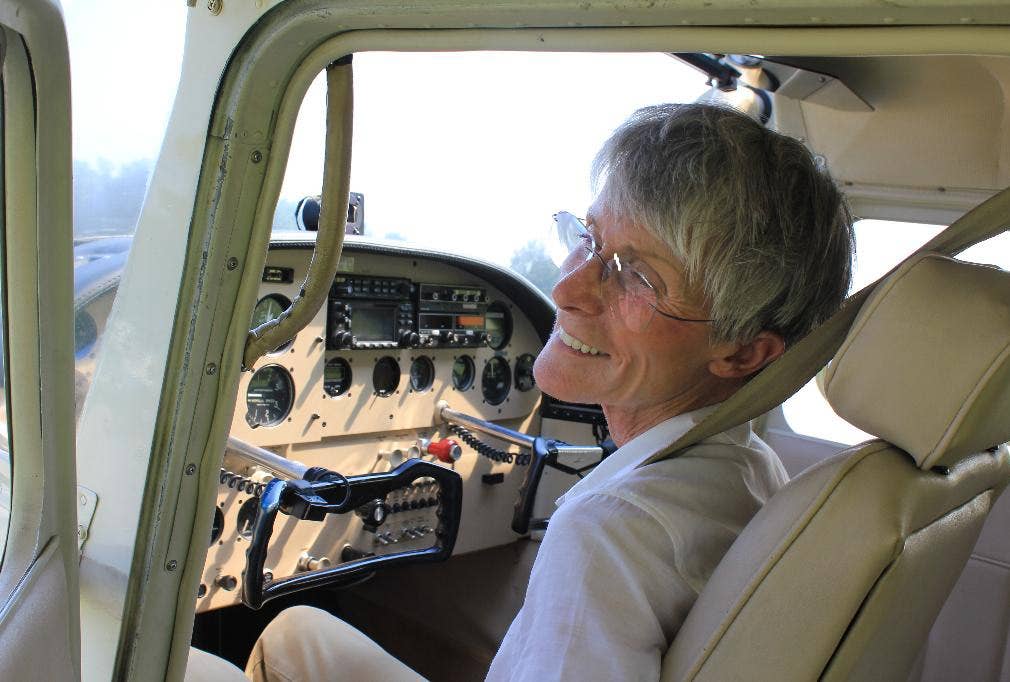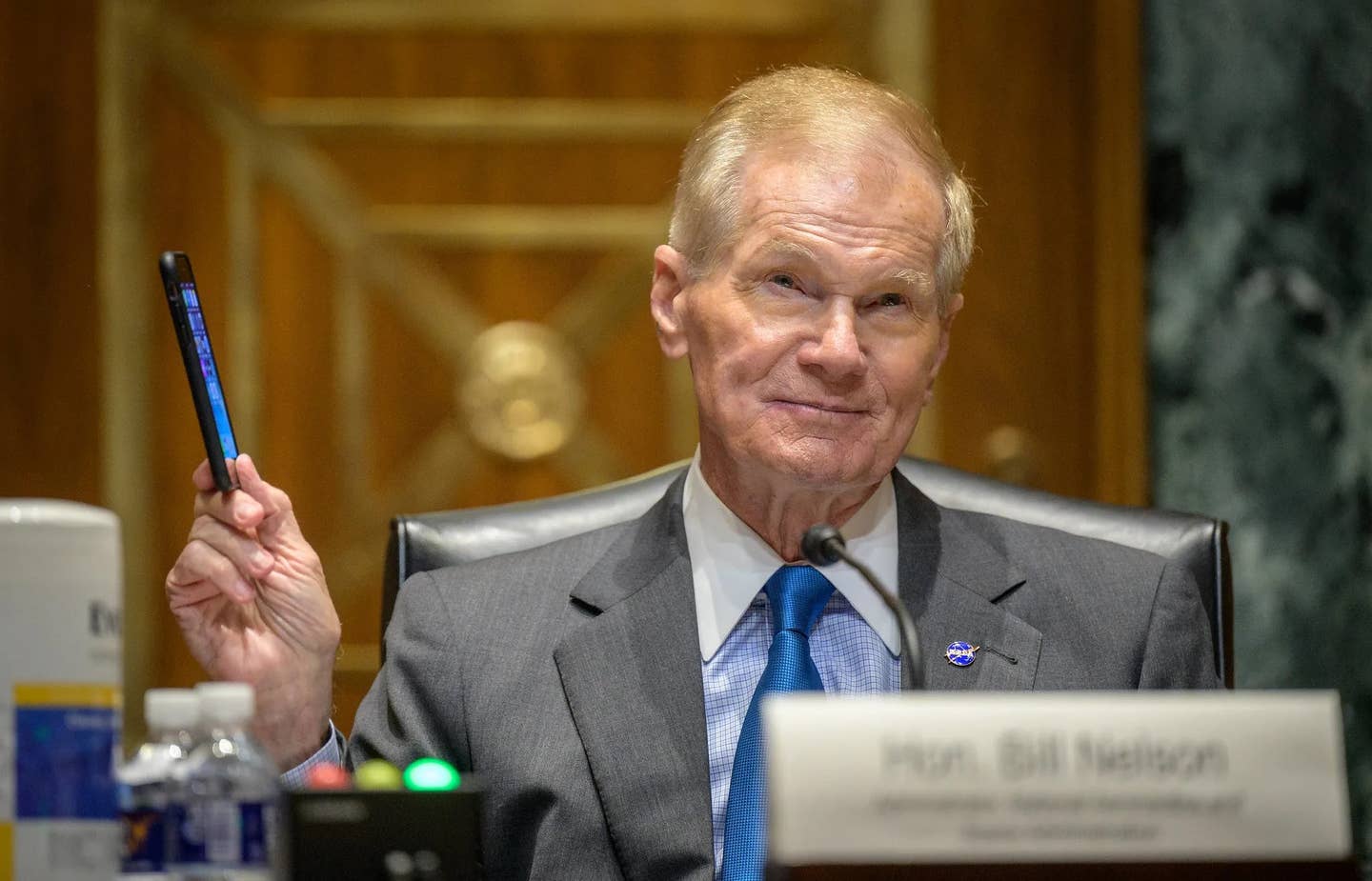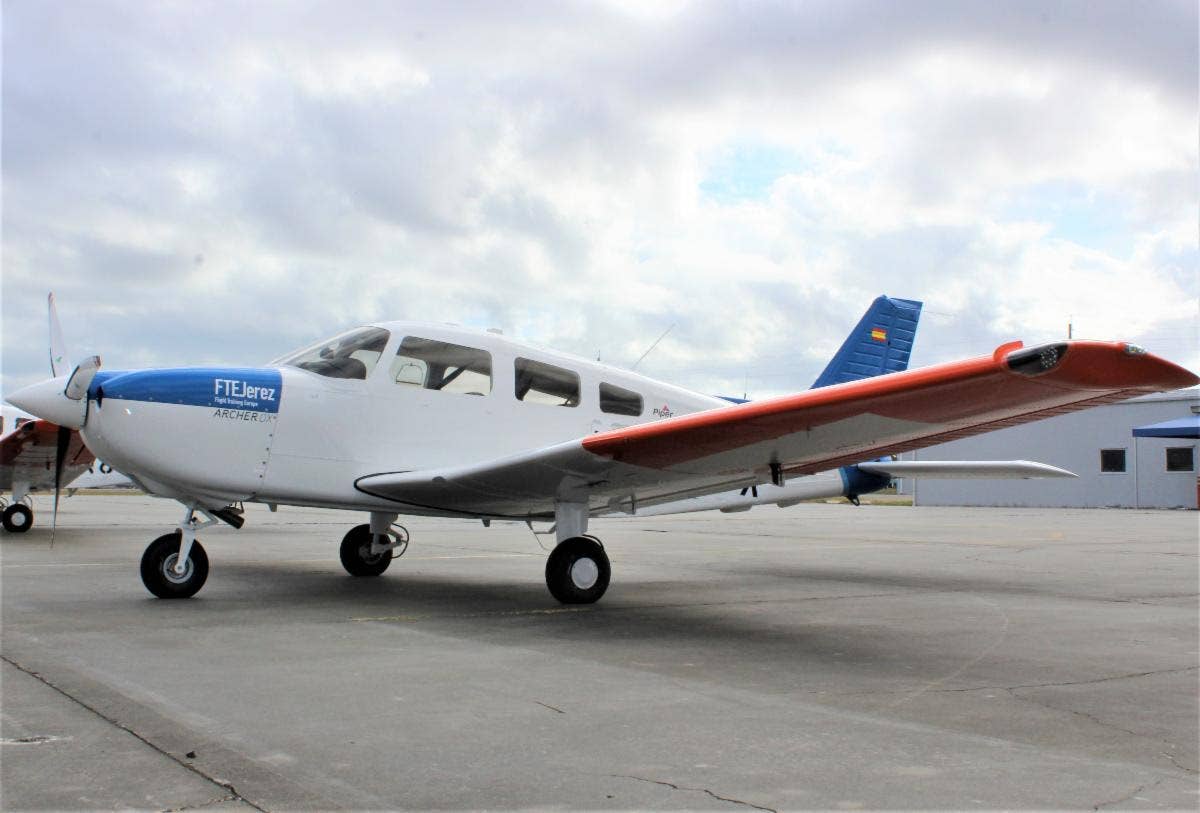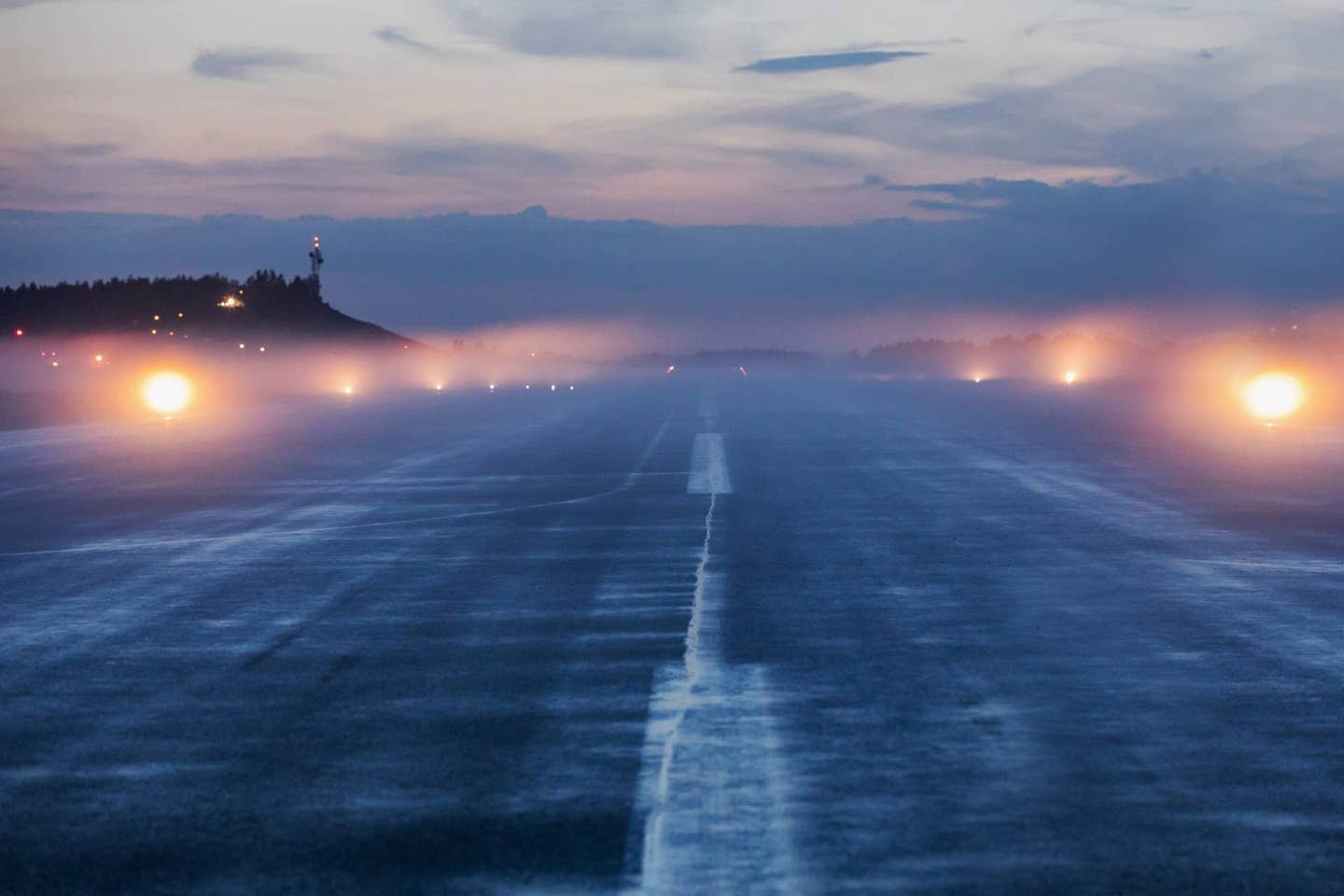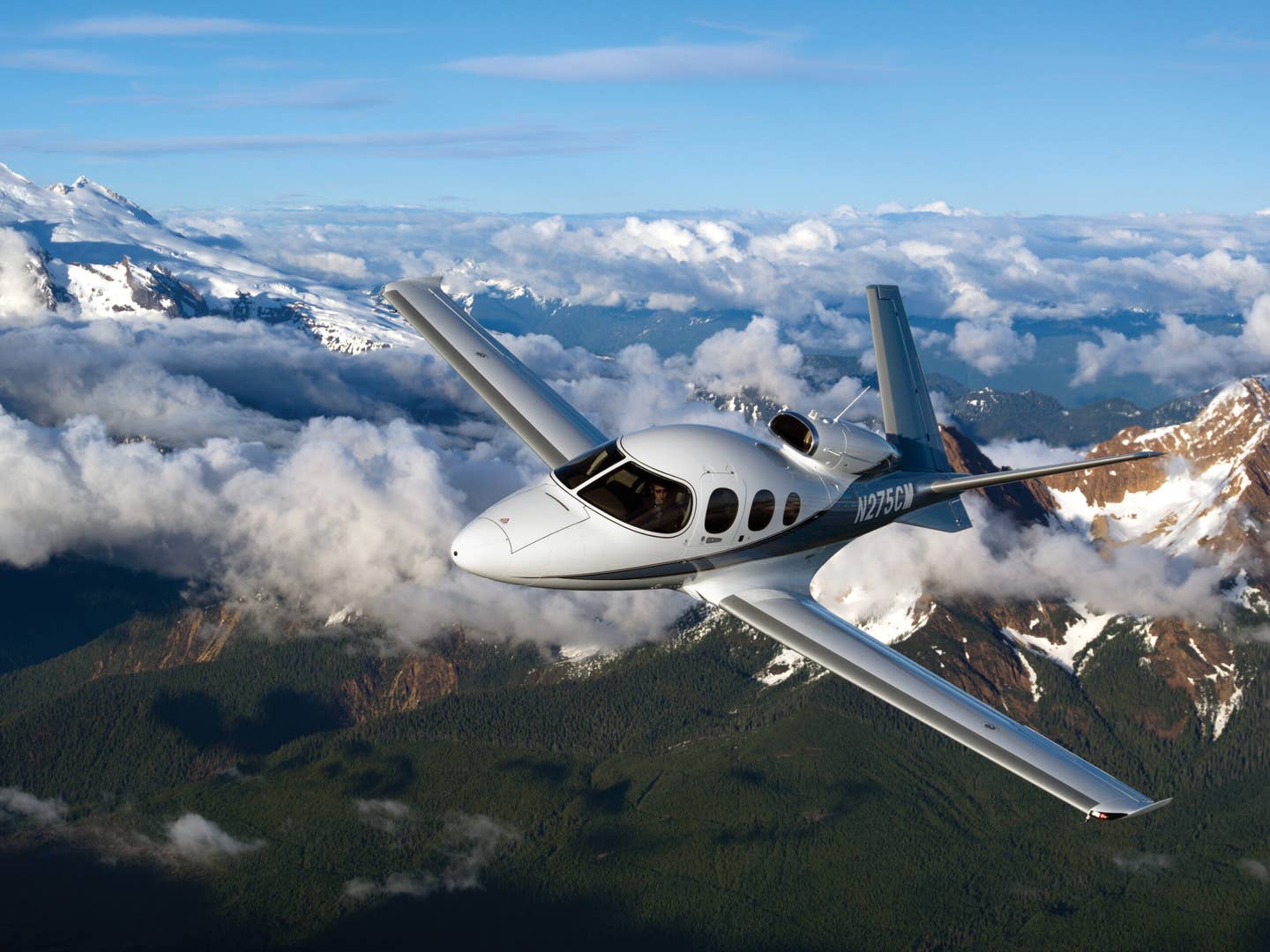
NASA’s first flight through the NAS went off without a hitch. NASA
NASA’s remotely-piloted Ikhana aircraft on Tuesday successfully flew its first mission in the National Airspace System without a safety chase aircraft. The UAV departed from the agency’s Armstrong Flight Research Center in Edwards, California and moved the United States one step closer to normalizing unmanned aircraft operations in the airspace used by commercial and private aircraft.
Flights of large craft like Ikhana, have traditionally required a safety chase aircraft to follow the unmanned aircraft as it travels through the same airspace used by commercial aircraft. The FAA granted NASA special permission to conduct this flight under the authority of a Certificate of Waiver or Authorization on March 30. The certificate permitted Ikhana’s ground-based pilot to rely on the latest Detect and Avoid technology to see and avoid other aircraft during the flight.
The Ikhana was equipped with detect and avoid technologies, including an airborne radar developed by General Atomics Aeronautical Systems, Inc., a Honeywell Traffic Alert and Collision Avoidance System, a Detect and Avoid Fusion Tracker and an Automatic Dependent Surveillance-Broadcast capability.
The flight departed Edwards Air Force Base and almost immediately entered controlled air space, eventually joining Class-A airspace before leveling off at 20,000 feet. The aircraft turned north toward Fresno, requiring air traffic control to be transferred from Los Angeles to Oakland Center before the return trip back toward Victorville California.
During the return flight, the pilot began a gentle decent over the city of Tehachapi California entering Class E airspace at about 10,000 feet. The pilot initiated an approach into Victorville airport at 6,000 feet, coordinating in real time with air traffic controllers at the airport. After successfully executing all of these milestones, the aircraft exited the public airspace and returned to its base at Armstrong.

Sign-up for newsletters & special offers!
Get the latest FLYING stories & special offers delivered directly to your inbox

